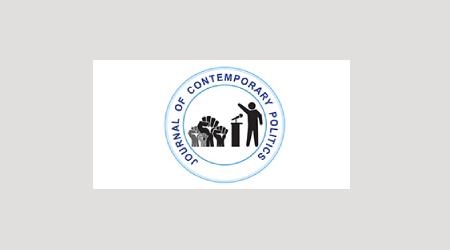


Journal of Contemporary Politics
Year: 2023, Volume: 2, Issue: 4, Pages: 121-124
Original Article
Sujith R ✉
Corresponding author ✉: [email protected]
Received Date:14 November 2023, Accepted Date:18 December 2023, Published Date:26 December 2023
This research article examines the transformation of India’s foreign policy, particularly the policy of de-hyphenation in this emerging multipolar world order. In the post-Cold War period, the global power dynamics shifted significantly. The global order has moved away from a unipolar world dominated by a single superpower, namely the United States of America (USA), towards a more complex and diverse landscape of multi-polar world order. The beginning of the third decade of the 21st century has been marked by significant events such as the COVID-19 pandemic, the Russia-Ukraine war, the Israel-Palestine escalation, and the multiple conflicts between the United States and China in various fields. Moreover, the emergence of new alliance systems such as Shanghai Cooperation Organization (SCO), BRICS, QUAD, I2U2 and more are contributing further to global power politics. In 2014, a political leadership shift occurred in India, which subsequently led to a paradigm shift in its foreign policy approach. India has adopted various strategic initiatives to navigate this new global power structure, including Panchamrit, multi-alignment, strategic autonomy, and more. However, in this new global order, the East and West are divided on various issues, which has also been reflected in the new alliance mechanisms. In contrast, India has been able to make a strategic position in both East and West by being part of both alliances. In summary, this research paper comprehensively examines India’s policy of de-hyphenation in the emerging multipolar world order.
Keywords
Dehyphenation, Multi Polarity, Global order, Multialignment, Strategic autonomy, Panchamrit
© 2023 Published by Bangalore University. This is an open-access article under the CC BY license (https://creativecommons.org/licenses/by/4.0/)
Subscribe now for latest articles and news.